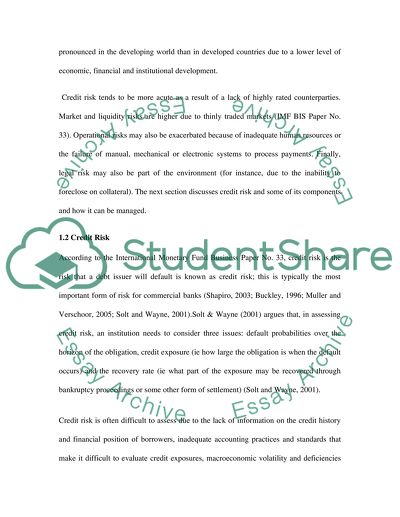Cite this document
(Credit Risk Management in the Banking Sector Research Paper, n.d.)
Credit Risk Management in the Banking Sector Research Paper. Retrieved from https://studentshare.org/finance-accounting/1503080-credit-risk-management-in-banking-sector
Credit Risk Management in the Banking Sector Research Paper. Retrieved from https://studentshare.org/finance-accounting/1503080-credit-risk-management-in-banking-sector
(Credit Risk Management in the Banking Sector Research Paper)
Credit Risk Management in the Banking Sector Research Paper. https://studentshare.org/finance-accounting/1503080-credit-risk-management-in-banking-sector.
Credit Risk Management in the Banking Sector Research Paper. https://studentshare.org/finance-accounting/1503080-credit-risk-management-in-banking-sector.
“Credit Risk Management in the Banking Sector Research Paper”, n.d. https://studentshare.org/finance-accounting/1503080-credit-risk-management-in-banking-sector.


